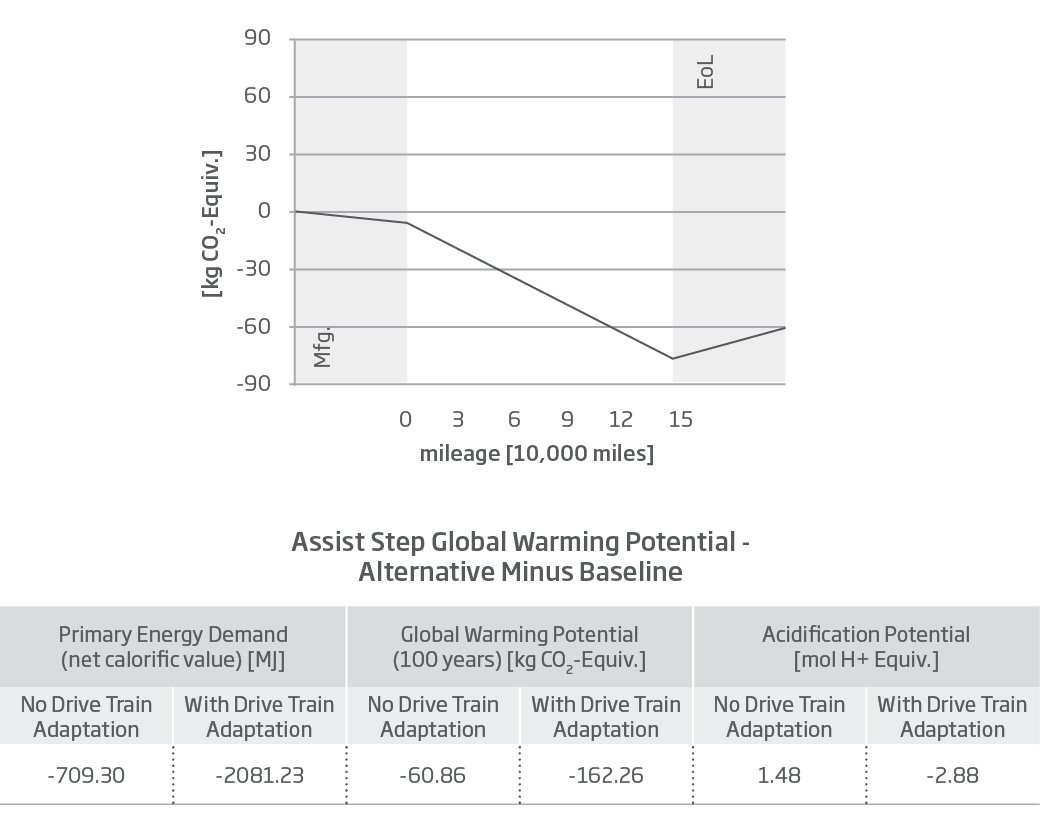12 June 2019 | Article
The European Union’s (EU) big push for stricter CO2 emission regulations by the end of the next decade, is forcing vehicle engineers and designers to consider the replacement of traditional heavy-metal automotive components with lightweight materials like Expanded Polypropylene (EPP).
Starting in 2030 and beyond, newer passenger cars will need to reduce their CO2 emissions by 37.5% on average from 2021 levels. Equally challenging, utility vehicles will require to reduce their CO2 emissions by 31% from 2021 levels.
Experts in the field agree that to be able to achieve these aggressive reductions on CO2 emissions, car manufacturers will need to introduce a proportionally higher number of hybrid and zero emission electric cars to their portfolio, retire some traditional models and substantially reduce the weight of to the rest of their fleet of vehicles. The later can only be reached by optimising and sourcing high performance lightweight component materials that will replace heavier ones.
No matter what part of the vehicle you work on, from cockpit and cabin to seating and Systems, if you’re an automotive engineer or designer, ensure you considered the potential reduction of weight and CO2 emissions achieved when replacing wood, metal and other heavy materials with lightweight, durable and high-performance parts made of Expanded Polypropylene (EPP).
When multiplied across the number of vehicles sold annually, using EPP components as an alternative, prevents millions of tonnes of CO2 from being released into air we breathe.
A Life Cycle Assessment conducted by PE International[1] (experts in sustainability) to understand potential life cycle impact of using plastic polymers in automotive applications were metals are more commonly used, concluded that the lightweight plastic product outperforms the metal product for global warming potential and primary energy demand, meaning that the net impact indicator over the full life cycle is lower (see figure and table below). This is expressed by a net negative value, since the performance is shown as the difference from the baseline (plastic assist step results minus metal assist step results).

More News Stories
How can we help you?
Contact us
Ready to discover your sustainable solution?
